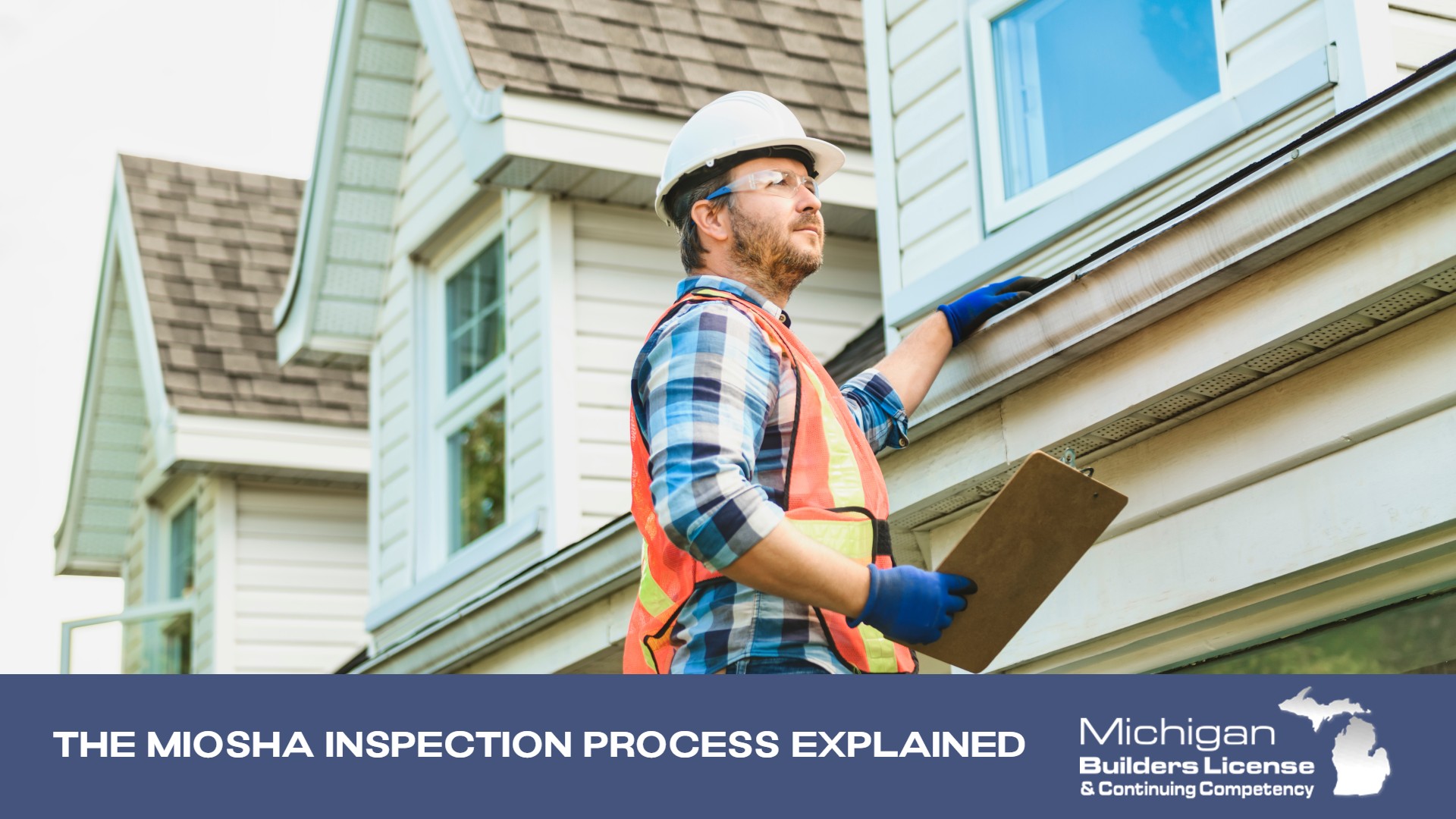Navigating a Michigan Occupational Safety and Health Administration (MIOSHA) inspection can be a daunting task for builders and contractors. Understanding the process and implementing proactive measures are essential to ensure compliance and maintain a safe working environment.
Understanding MIOSHA Inspections
MIOSHA conducts inspections to enforce safety and health standards across various industries, including construction. These inspections can be categorized as follows:
- Programmed Inspections: Target specific industries or operations identified as high-risk. For instance, MIOSHA may focus on fall protection in the construction sector.
- Unprogrammed Inspections: Initiated in response to specific events, such as:
- Employee Complaints: Reports of unsafe working conditions.
- Accidents: Investigations following workplace incidents, especially those resulting in severe injuries or fatalities.
- Imminent Danger: Situations posing immediate risks of death or serious harm.
- Referrals: Information from other agencies or media sources indicating potential hazards.
Understanding these categories helps builders anticipate and prepare for potential inspections.
Phases of a MIOSHA Inspection
A typical MIOSHA inspection comprises several key phases:
- Arrival and Initial Entry: An inspector arrives unannounced, presents credentials, and requests access to the worksite. While employers can deny entry, MIOSHA may then obtain a warrant, potentially complicating the situation.
- Opening Conference: The inspector outlines the inspection's purpose, scope, and procedures. Employers can ask questions and are often asked to provide relevant documentation, such as safety programs and injury logs.
- Walk-Around Inspection: The inspector tours the worksite to identify potential hazards, taking notes, photographs, and conducting interviews as necessary.
- Closing Conference: Findings are discussed, including any violations observed. The inspector provides guidance on corrective actions and outlines the citation process if applicable.
Proactive Measures for Compliance
To minimize risks and ensure a safe working environment, builders should consider the following practices:
- Develop Comprehensive Safety Programs: Implement and maintain an accident prevention program tailored to your operations. Ensure it's accessible at the job site and regularly updated.
- Conduct Regular Hazard Assessments: Perform periodic evaluations of the workplace to identify and mitigate potential hazards.
- Provide Ongoing Training: Educate employees on safety protocols, proper equipment use, and hazard recognition. Regular retraining sessions help reinforce these concepts.
- Maintain Accurate Records: Keep detailed logs of injuries, safety meetings, equipment maintenance, and training sessions.
- Foster a Culture of Safety: Encourage open communication about safety concerns and involve employees in developing and implementing safety measures.
Responding to a MIOSHA Inspection
When faced with an inspection:
- Designate a Point of Contact: Assign a knowledgeable representative to liaise with the inspector, ensuring consistent communication.
- Be Cooperative and Transparent: Provide requested documents promptly and facilitate site access.
- Document the Process: Keep detailed records of the inspection, including areas inspected, documents provided, and any discussions.
- Address Identified Hazards Immediately: Promptly correct any issues brought to light during the inspection to demonstrate a commitment to safety.
By understanding the MIOSHA inspection process and implementing these proactive measures, Michigan builders can foster safer work environments and reduce the likelihood of violations.
Sources:
· Michigan Occupational Safety and Health Administration (MIOSHA): Official Website
· Occupational Safety and Health Administration (OSHA): Official Website




